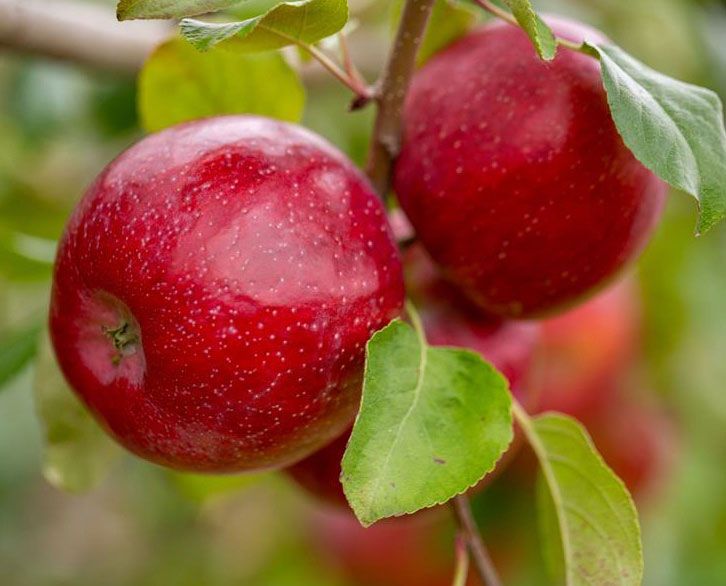Advice To Help Growers Paint the Total Plant Health Picture
We asked experts across a wide variety of agricultural solutions to offer input on how their area of specialty fits into an overall plant health program. From biostimulants, biofertilizers, biocontrol, and biodigesters to irrigation, plant nutrition, and sustainable inputs, their insights will better equip you to create a plant health program that delivers a high-quality, high yielding, and profitable crop in 2024.
Biostimulants
Dr. Holly Little, Director, Research and Development, Acadian Plant Health: The biggest thing that growers need to do to be successful in using biostimulants is to know and understand the product. There are a lot of biostimulants on the market. We’re seeing more coming to the market as well, which is great. However, some of the products that are out there are not what they say they are. It’s hard, especially in a market that’s becoming more and more crowded, to know who and what you can trust and who and what you can’t. So, there’s kind of a challenge of some homework there in understanding how they work, how they can be used, and looking for legitimate research to back up those products. Not just numbers on paper, but understanding what work was done.
Biofertilizers
Sean Jacobs, Technical Sales and Marketing Representative, Agro-K Corporation: When you’re dealing with biofertilizers and bionutrients, the main idea is that you’re getting improved efficiency by having microorganisms or their constituent parts present in the material — or the material itself is a simpler based kind of structure.
When you’re doing that, you’re getting an increase in efficiency of the application and the uptake. So, if you look at the label, you might see on bionutrients that the percentage is much lower than what you would have with a traditional nutrient. It’s not that we’re not able to get as much into the bottle or into the bag. The issue really is that previously you lost a lot of what you were applying. Either it never made it into the plant, or it got tied up in the soil, or it’s still there trying to be metabolized. That’s one way this is a great tool. It decreases the amount of material you need to apply to reach the same goal.
As for things to be wary of, it is exactly the same point, but on the flip side. If you try to increase what you’re doing application-wise so that you’re matching the applied amounts that you were using before, you’re going to be way overloading the plant, possibly putting it into a toxic situation.
Plant Nutrition
Wesley Haun, Senior Agronomist, Tiger-Sul Products: There are multiple management practices that can be employed to enhance or maintain the plant nutrient levels in the soil at optimum levels. I want to touch on three of those.
The first one is soil sampling. This is the very basic starting point. Each composite soil sample should only encompass 2 to 3 acres. These results provide plant available nutrient levels. Assessments can be made concerning amounts of additional nutrient applications to meet specific crop requirements.
The second is to understand the nutrient requirements for the crop you’re working with. Each crop has specific nutrient requirements. Knowledge of those nutrient demands and the growth stage of greater uptake can lead to more informed management decisions.
Number three is to maximize the use of available technology. When collecting samples, there is software available that will georeference each sampling site. Results from soil analyses can be mapped to better evaluate areas of the field that need greater nutrient applications.
For more of the Q&A, read the full article as part of our special Global Insight Series report on Plant Health.
In addition, check out the previous reports in Meister’s Global Insight Series covering a range of topics from Biocontrol to Irrigation Innovations to Agricultural Technology.









